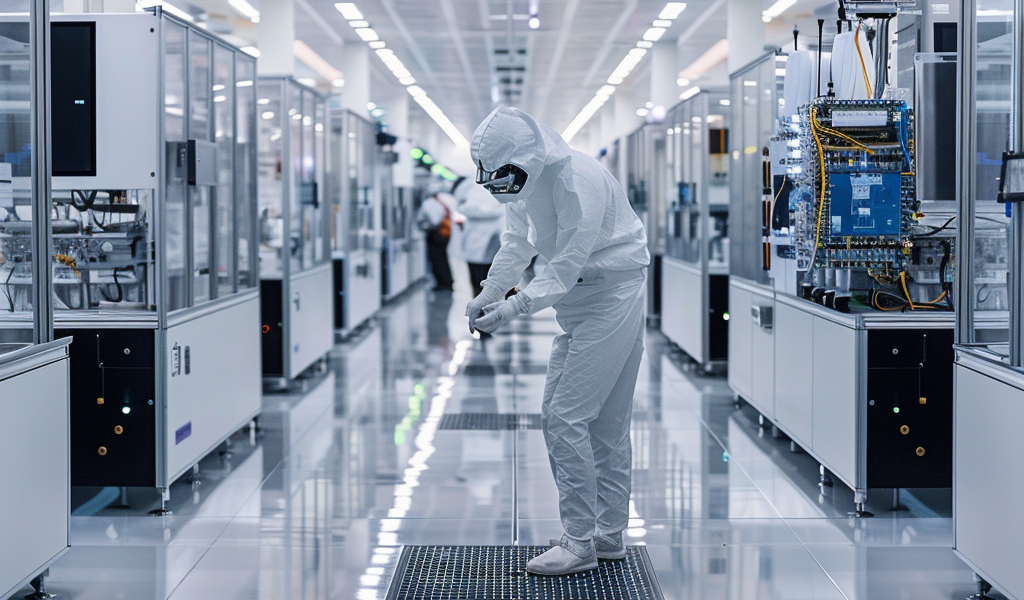Is the United States on the brink of a new microchip construction boom? The recent announcement of a $1.5 billion grant to chipmaker GlobalFoundries by the White House has sparked discussions about the potential revitalization of research and manufacturing of semiconductors in the country. The grant is part of the 2022 CHIPS Act, aimed at boosting the semiconductor industry in the U.S.
Despite the availability of financial assistance, major semiconductor producers in the U.S. have faced delays in their expansion plans. Taiwan Semiconductor Manufacturing Company (TSMC) has pushed back the opening of its new factory in Arizona to 2025 and the second one to 2027 or 2028. Similarly, Intel has delayed the opening of a factory in Ohio from 2025 to 2026.
Looking at the map of major semiconductor manufacturing projects in the U.S., it is evident that several significant developments are underway. Intel is expected to open two integrated factories near Phoenix, while Samsung is scheduled to open a facility in Texas this year. These projects, with estimated costs ranging from $17.3 billion to $20 billion, are set to be completed in the coming years.
Additionally, Taiwan Semiconductor Manufacturing Company and U.S. chipmaker Micron are slated to finish their first factories in the next year. Texas Instruments is also set to open four new wafer fabrication plants in North Texas, with plans for another location in Utah in the near future.
While the CHIPS Act encompasses various types of microchips, the focus has been on cutting-edge logic chips with 5 nm and 3 nm process nodes due to their applications in new technologies such as smartphones, laptops, and self-driving cars. TSMC and Samsung are expected to produce these advanced chips in the United States, reflecting the country’s pursuit of technological independence.
The developments in semiconductor manufacturing indicate a potential resurgence in the industry, driven by significant investments and a focus on advanced chip production. As the U.S. aims to strengthen its position in the global semiconductor market, these initiatives could have far-reaching implications for the country’s technological advancement and economic competitiveness.





